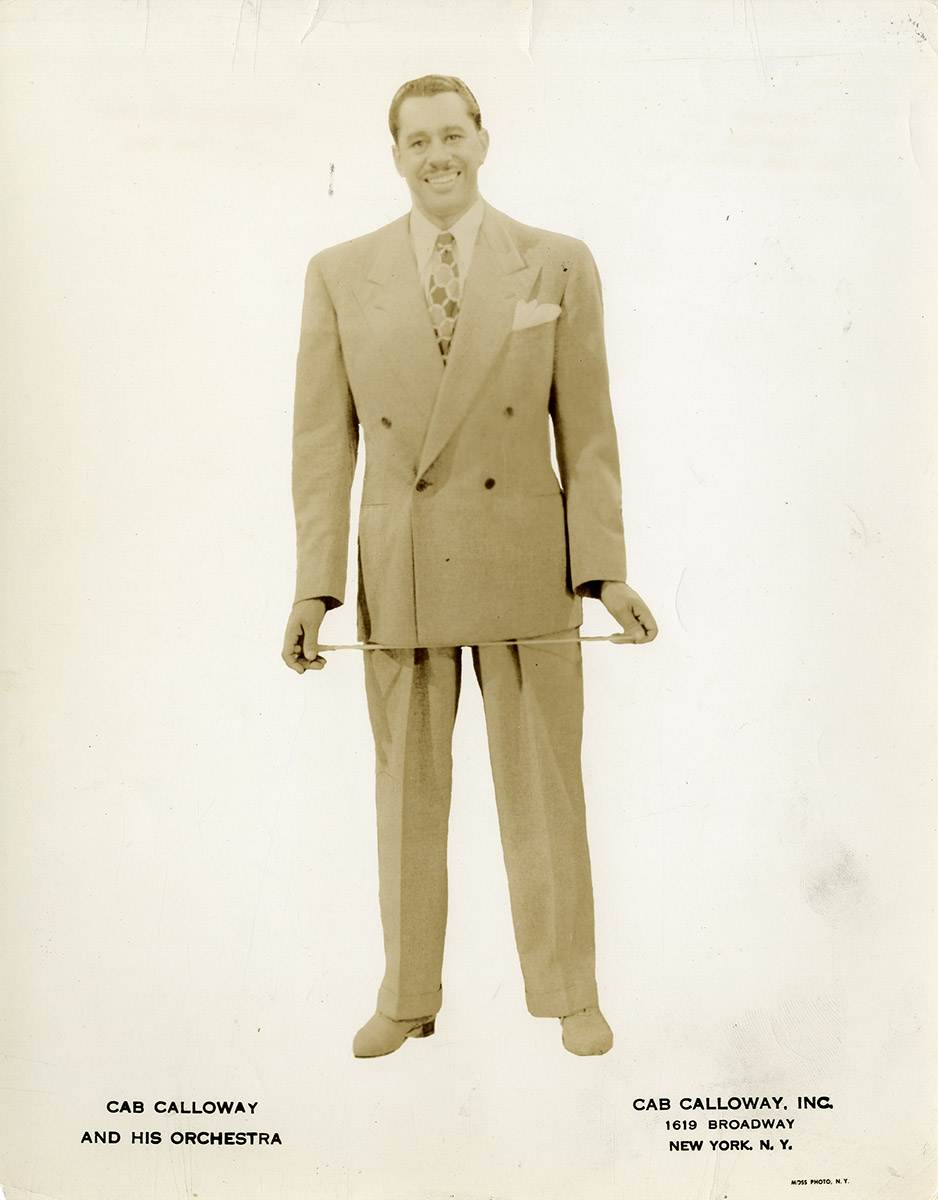Cab Calloway — Music Videos
Play All Cab Calloway tracks
Musical Style
As a master of scat singing and big band performances, Cab Calloway and his orchestra created a unique sound that was both innovative and electrifying. With his signature "Hi De Ho" catchphrase, Calloway introduced a powerful jazz style that captured the essence of the Harlem Renaissance. His music, characterized by playful lyrics and infectious rhythms, was a blend of jazz, big band, and swing, often featuring bold brass melodies and intricate instrumental solos. Calloway's most famous song, "Minnie the Moocher," is an iconic example of his unique musical style, and showcases his ability to engage and captivate an audience.
Career Highlights
Starting his career in the late 1920s, Calloway quickly became a sensation in the jazz world. By the 1930s, he and his orchestra were one of the top African American bands in the country, drawing large audiences to the Cotton Club and leading the way in radio broadcasts. Calloway's iconic song, "Minnie the Moocher," released in 1931, was the first jazz record to sell a million copies, and it remains his most famous work. Throughout his career, Calloway performed with some of the most significant musicians of the time, including Louis Armstrong and Dizzy Gillespie. In his later years, he also made a significant impact on the world of film and theatre, notably starring in "The Blues Brothers" and performing in the Broadway musical "Porgy and Bess."
Cultural Impact
Calloway's influence on music and culture extends far beyond his lifetime. His music, with its unique fusion of jazz, big band, and swing, has inspired numerous artists and continues to be sampled and covered to this day. The energy and theatricality of his performances set a new standard for stage presence, influencing future generations of musicians. Calloway's pioneering role in the Harlem Renaissance also marked a significant moment in Black history, contributing to the emergence of a vibrant African American cultural identity. His music and persona broke racial barriers, paving the way for future African American artists. His legacy continues to inspire and shape the course of music history.
Other Artists
Discover more voices we think you'll enjoy right now.


